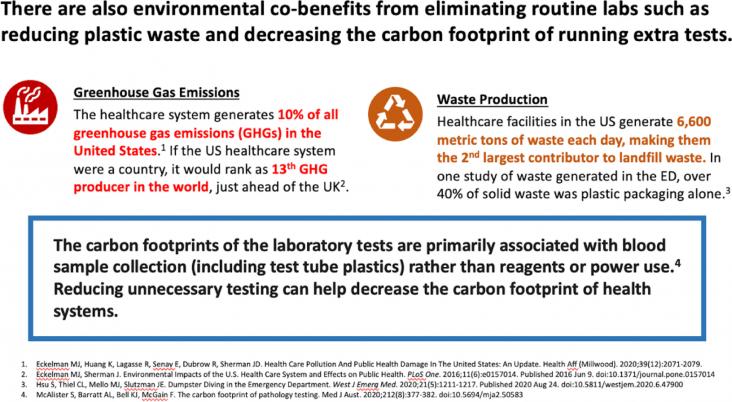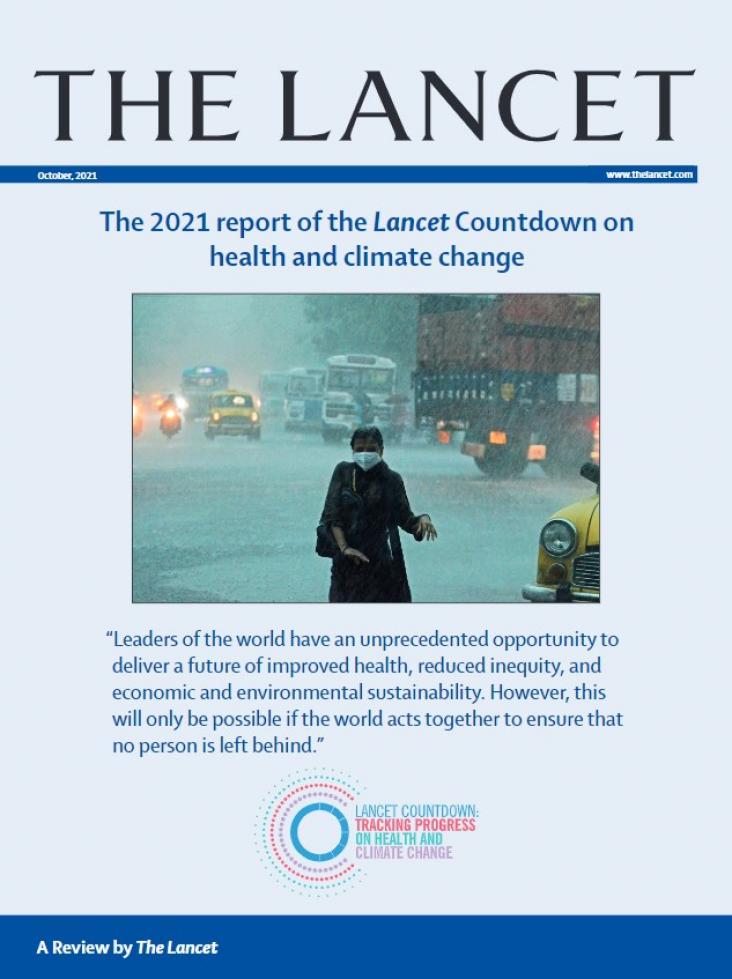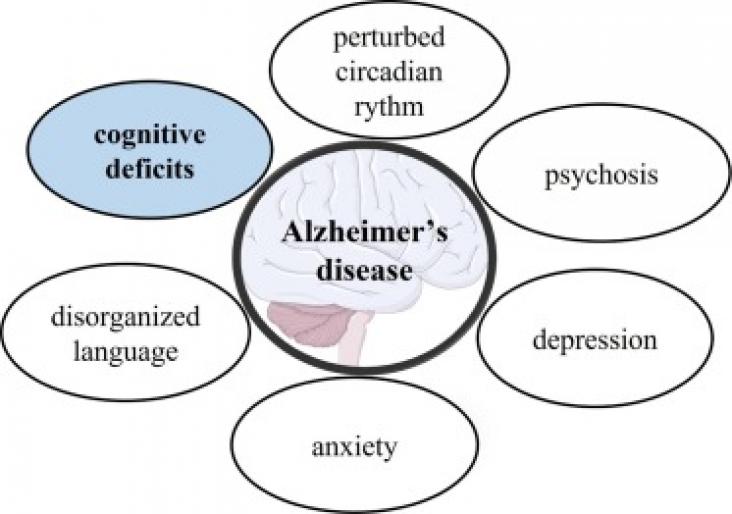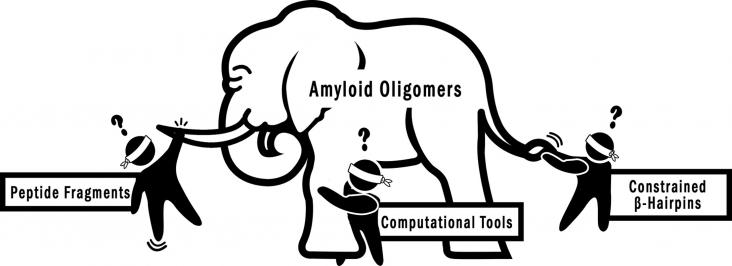
How education about the environmental impact of unnecessary laboratory testing can affect ordering.
Healing the climate crisis: are health professionals (enough and well) "alarmed"?

The Lancet Countdown is an international collaboration that independently monitors the health consequences of a changing climate. Publishing updated, new, and improved indicators each year, the Lancet Countdown represents the consensus of leading researchers from 43 academic institutions and UN agencies.
This book chapter advances SDGs 3 and 17 by outlining the common physical impairments found in people living with dementia, as well as evidence for treatments to maintain or improve physical function and prevent falls, in both community and residential settings.
This article examines the ways in which healthcare professionals can intervene to reduce pharmaceutical pollution.
The authors propose the adoption of a mnemonic for climate action that healthcare professionals can embrace and use as a platform to catalyse action.
Millions of people are affected by neurodegenerative diseases worldwide. They occur due to the loss of brain functions or peripheral nervous system dysfunction.

Despite the better understanding of the mechanisms underlying Alzheimer's Disease (AD) and launched clinical trials, no AD-modifying treatment based on a synthetic drug has been introduced for almost

The assembly of amyloidogenic peptides and proteins, such as the β-amyloid peptide, α-synuclein, huntingtin, tau, and islet amyloid polypeptide, into amyloid fibrils and oligomers is directly linked t
More than a century has passed since pathological protein aggregates were first identified in the brains of patients with neurodegenerative diseases (NDDs).
